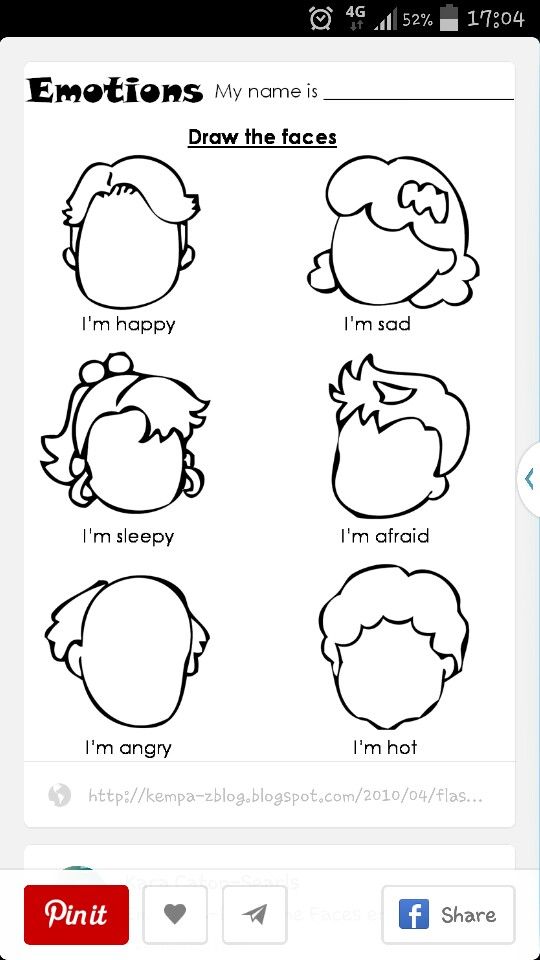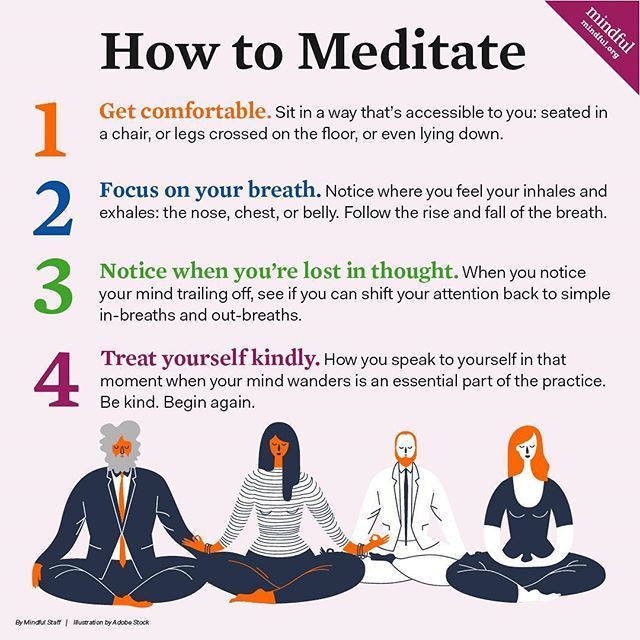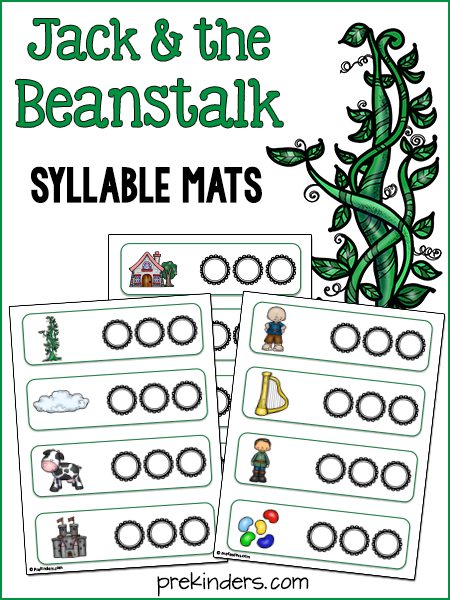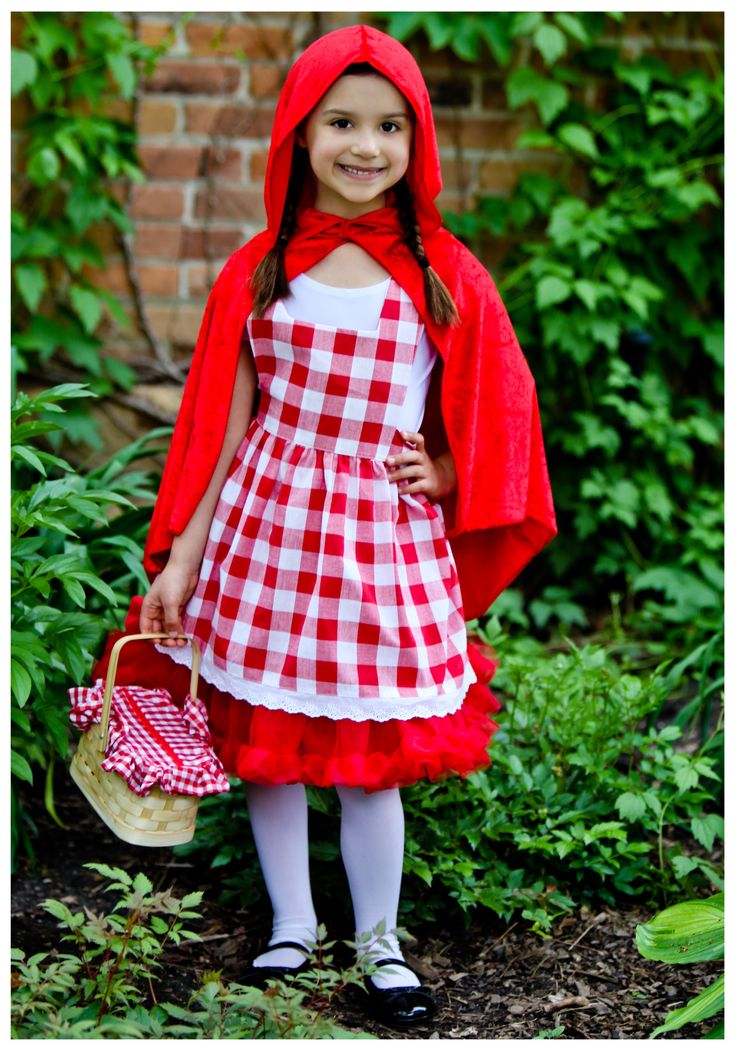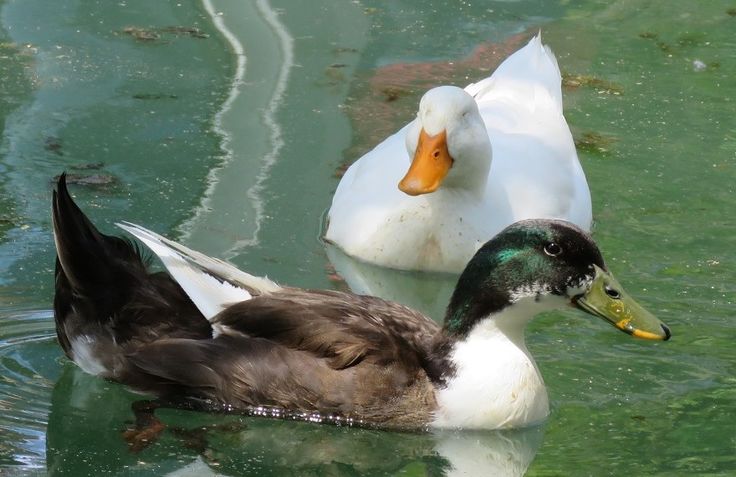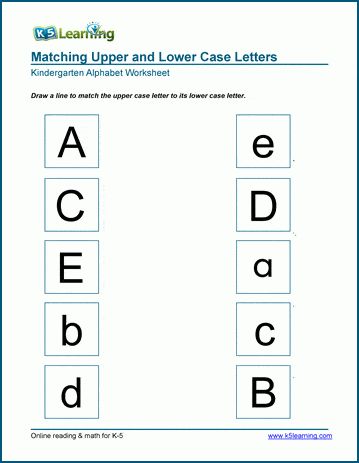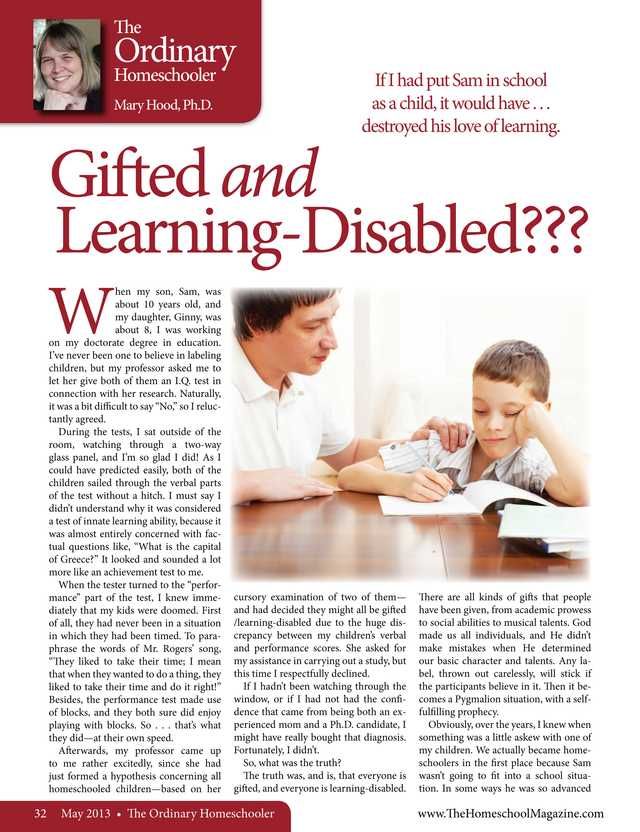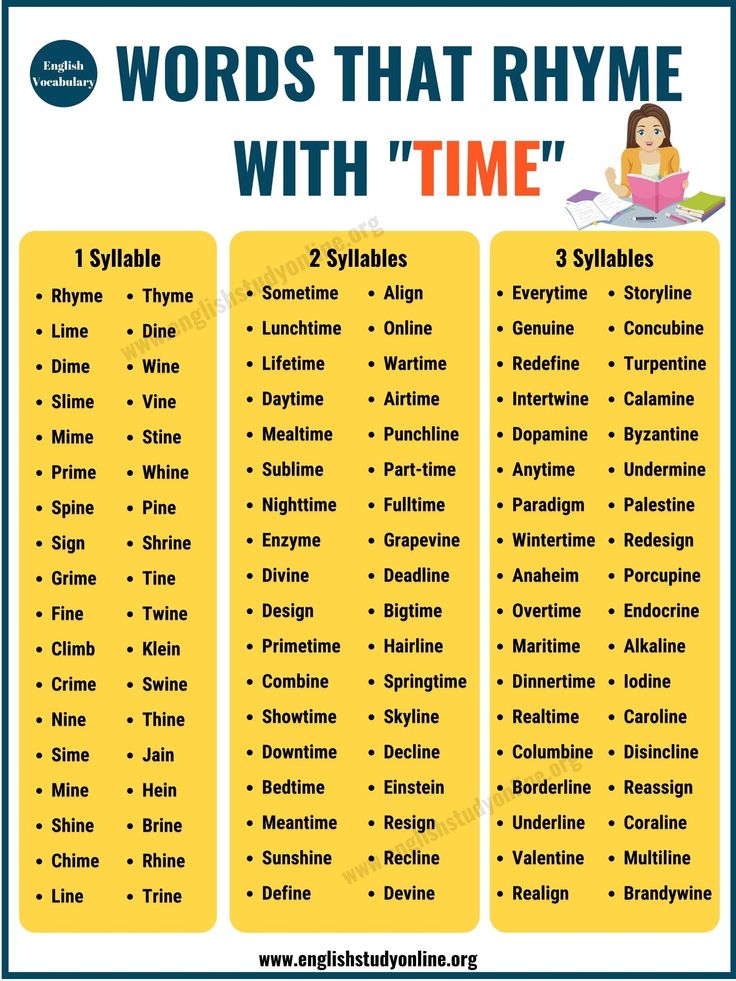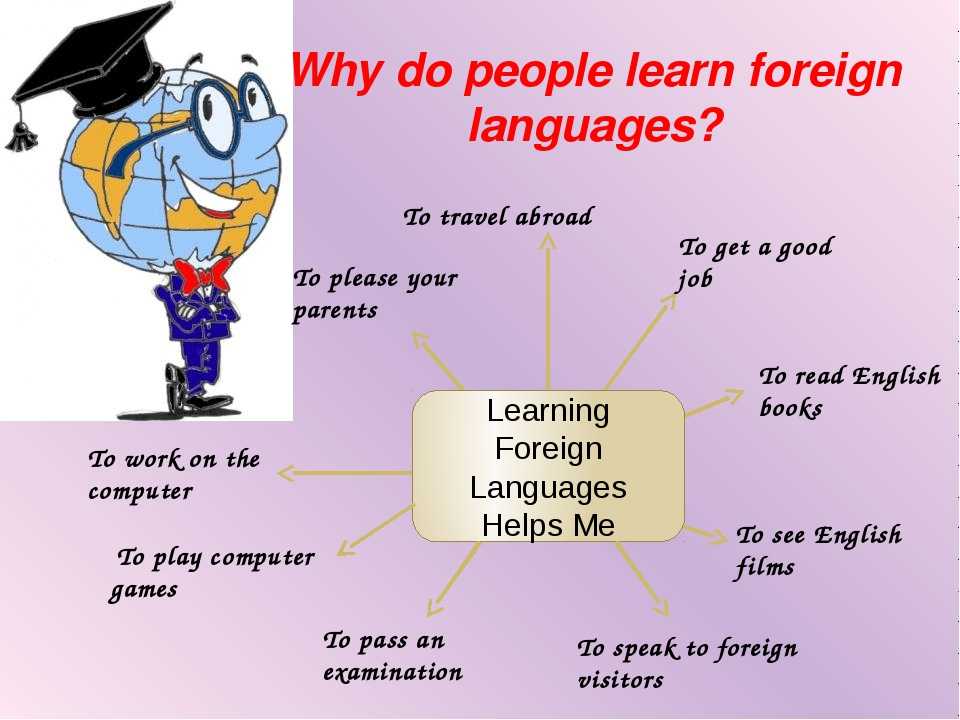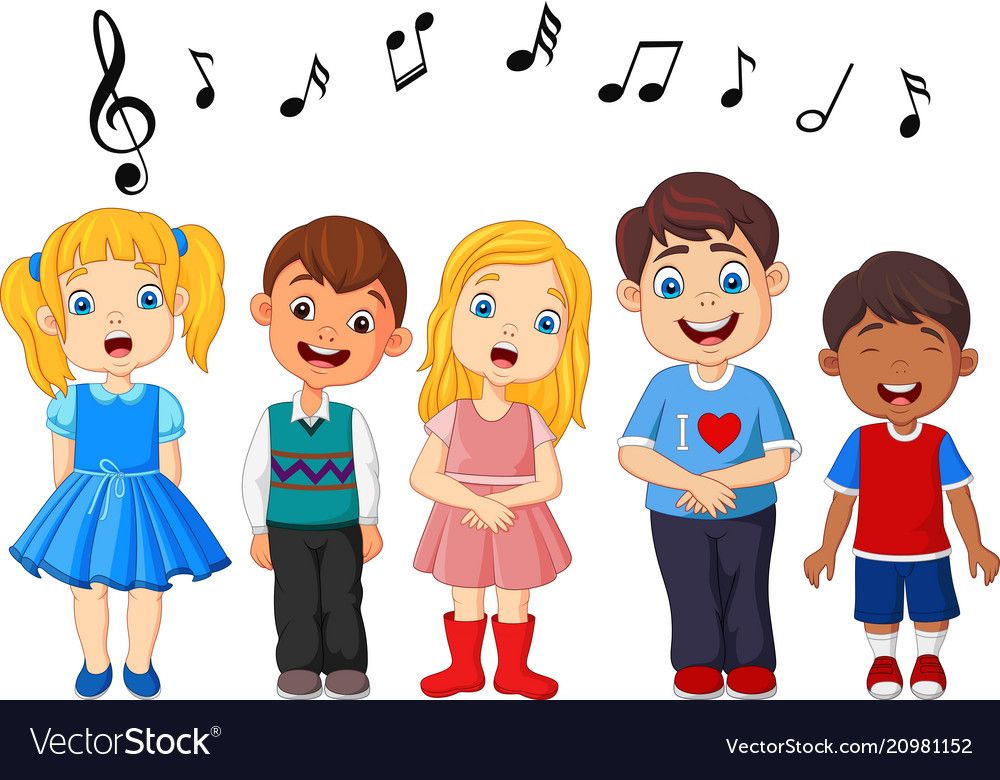Letter recognition activities for 3 year olds
14 Letter Recognition Activities for Preschoolers
- Share
Helping preschoolers to gain letter recognition skills does not need to feel like “work.”
The best way to teach letter recognition is through play, in a fun, stress-free, and positive manner.
Here’s a brief intro to letter recognition, followed by 14 letter identifying activities.
What Letter Recognition Means
Learning letter recognition skills involves several different hands-on components.
Children need to distinguish the shapes of letters from each other (visually recognize them) and be able to point to and state the letter names, as well as the sounds made by each letter.
In addition, they must learn to form letters and write them.
These skills do not all need to be accomplished during the preschool years and in fact, preschoolers are not yet developmentally ready to learn to read and write.
By simply exposing children in a fun way, you will begin the process of laying down foundational pre-reading and writing skills.
When Should a Child Recognize Letters of the Alphabet?
Although you can read about average ages when kids gain alphabet skills, those often vary widely.
Just as children learn to walk and talk at different ages, the same is true for recognizing letters of the alphabet.
They each learn at their own pace, depending on many factors.
How to Build Skills to Prepare Children for Letter Recognition
Through fun play activities, parents can help their children gain various developmental skills that prepare preschoolers for letter identification.
Those types of skills include visual perception, memory and auditory perception.
What this means is that learning the letters does not in fact start with exposure to the actual letters, but rather to play activities that develop these skills.
Visual Perception
Visual perception refers to a child’s brain making sense of what their eyes are seeing, such as details and shapes (shape recognition).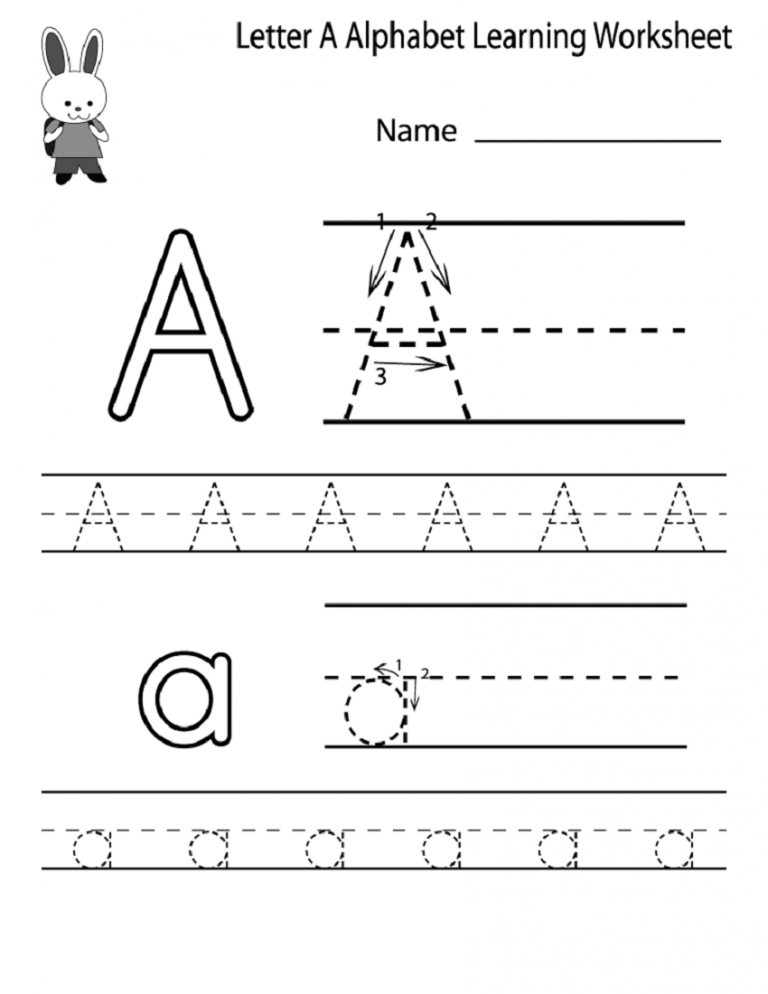
These skills also include visual-motor and eye-hand coordination.
Helpful kinds of activities include:
- Those that exercise the large muscles (such as throwing/catching).
- Small motor activities (like lacing).
- Visual perception (such as building puzzles).
- Limiting screen time, which has limitations related to visual perception skills.
Memory
Memory development relates to storing and using information in the brain.
Stress-free activities to enhance these skills include:
- Simple card games
- Memory card games (get your own by downloading the FREE set of printables at the end of the post)
- Talking about fun memories
- Story visualization
- Reading and talking about books
- Visual memory games, like picture bingo
- Auditory memory games
Auditory Perception
Auditory perception
includes the brain’s ability to distinguish sounds and words, which is important for learning the sounds of letters.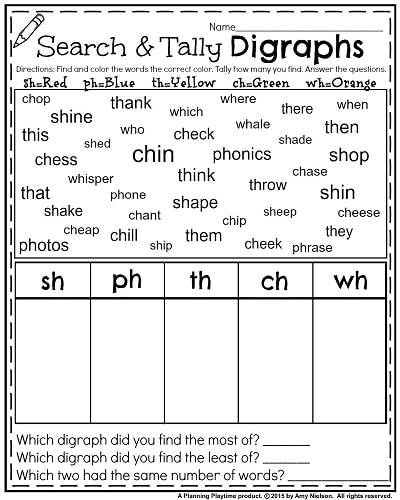
These are the kind of activities that can support this skill:
- Listening to music
- Distinguishing animal sounds
- Clapping out copied rhythm patterns
[source]
How to Teach Letter Recognition to Children
Even before children show an interest in print, these kinds of activities are meaningful and fun and will set the stage for letter recognition:
- Reading to them
- Sharing poems and nursery rhymes
- Talking to them
- Telling stories
- Singing songs to or with them
Keep it fresh, keep it new, and be willing to return to their favourite activities when asked.
As your children show a growing interest in print, make it available to them whenever possible.
Instead of keeping that book to yourself as you read to them, show children the words, running your fingers over them as you read. Let kids turn the pages of books.
Have books available in the home to which kids have constant access.
So many things around the house contain words, like packages, lists, letters, emails, screens, magazines, and greeting cards.
Point and touch as you read, showing children that you are using words daily, expressing how much can be learned through their use.
Write in front of your kids for all different purposes, at least sometimes spelling aloud.
Make drawing and writing tools and surfaces available to children at all times, indoors and out.
Don’t just offer the traditional papers and crayons – include:
- Drawing with sticks in the sand
- Writing on clay or playdough
- Drawing on shower and bath walls with soap
Should I Teach the Letters in a Specific Order?
Instead of teaching letters in any special, prescribed order, focus on those that are used most often and in order of importance for your children.
They typically want to know about the letters:
- In their names.
- In “MOM” and “DAD”.
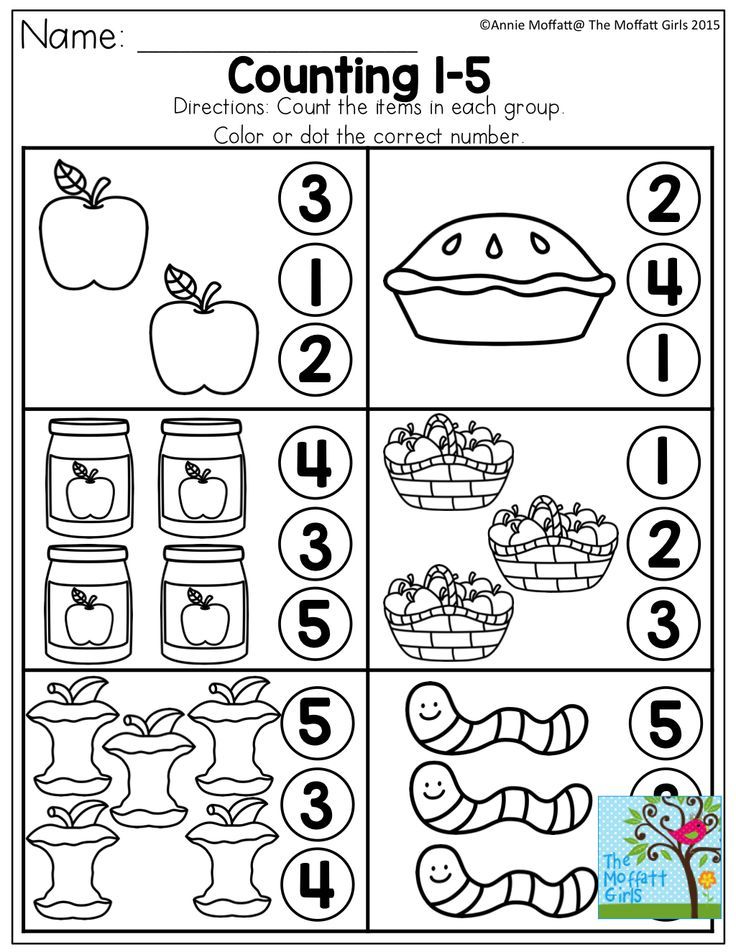
- In a pet’s name.
- In environmental print (like on STOP or WALK signs).
- In outstanding words from a favourite storybook.
Think about and pay attention to those letters and words that appear to be interesting to your kids, using them as the foundation to build upon.
Then, when children are ready to formally learn the letters, teach them using sets of letters that make the most combinations of words, as explained in this article on teaching letters.
Is it Better to Teach Upper or Lowercase Letters First?
For preschoolers, the field of occupational therapy makes a good case for beginning with capitals in handwriting letter formation.
They are formed from larger lines and curves that avoid retracing and changing directions, while still teaching top to bottom strokes.
If children try to form letters for which their visual-motor skills are not prepared, they sometimes build poor habits that can be difficult to break later on.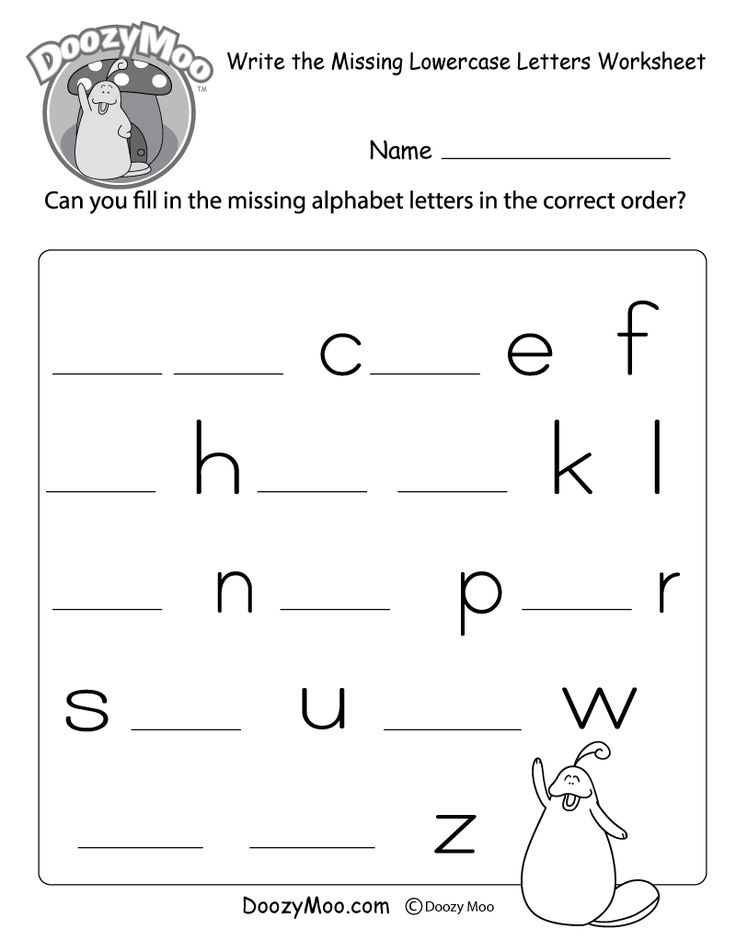
Of course, your children may be familiar with lowercase letters, seeing them in many print formats, and gradually learning to identify them.
When their motor skills are ready, they typically make an easy switch to including them along with uppercase when they write.
[source]
Letter Recognition Activities and Games for Preschoolers
Here are some fun ways to teach letter recognition through play.
1. Point Out Environmental Print
Print is all around us.
Point out, talk about and stress the sounds of words on signs (such as favourite restaurants and traffic/street signs), cereal or other product boxes/labels, and familiar logos.
2. Share Rhyming Books
Read favourite rhyming books to your children, accentuating the rhyme and rhythm.
Afterwards, play an oral game of stating some rhyming words from the story and adding a new rhyming word of your own.
Challenge your kids to come up with more words that rhyme.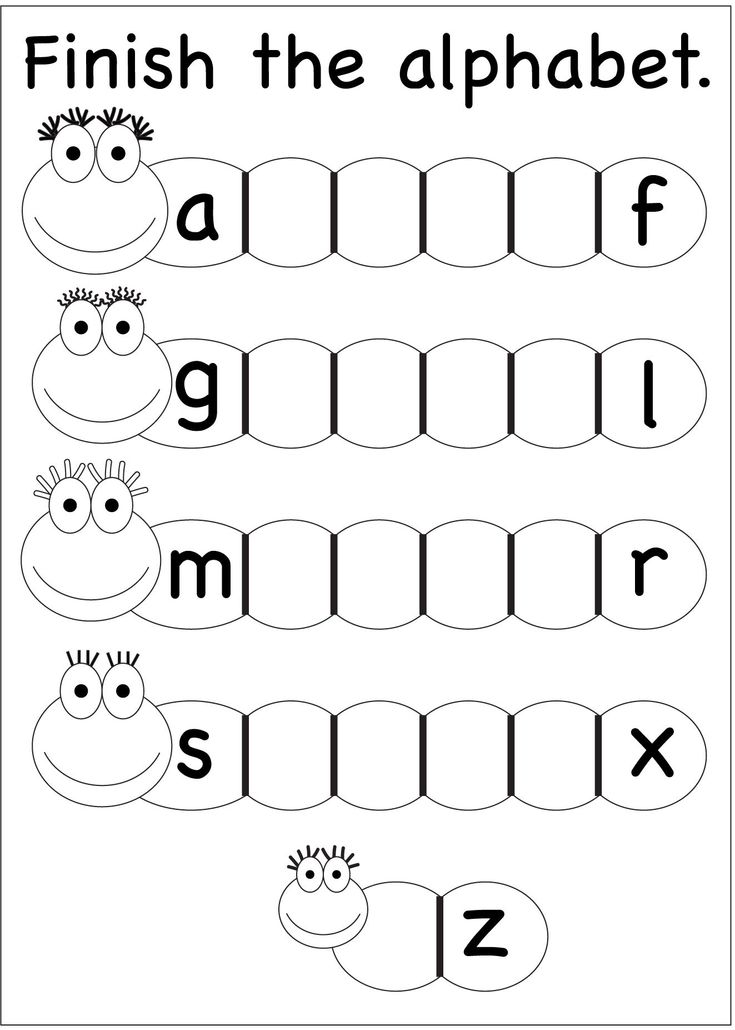 Either real or pretend “words” are okay, as it is the rhyming factor that counts.
Either real or pretend “words” are okay, as it is the rhyming factor that counts.
3. Letter Hunt
Point out and talk about the letters in your child’s name, making them clearly visible in print.
Show them how you find one of those same letters in a magazine or newspaper and cut it out as a rather square piece (not necessarily trying to cut out close to the letter’s edges).
Challenge them to find other letters from their name in print and cut those out, as well.
After all the letters have been found, they can arrange them in the correct order for their name.
These may be kept in a small bag for future use or glued onto a coloured sheet of paper to post on the fridge or in your child’s room.
Instead of cutting, another option is to use different colours of highlighters to mark various letters found in print.
4. Play with Plastic/Wooden Letters
Letters may be sorted and put into piles in different ways:
- Those with curves
- Letters with straight lines
- Those from a child’s name or other important words
- Letters they can name
- Those for which they can say the sounds
Letters with magnets may be used on the fridge or on a magnet board for sorting purposes.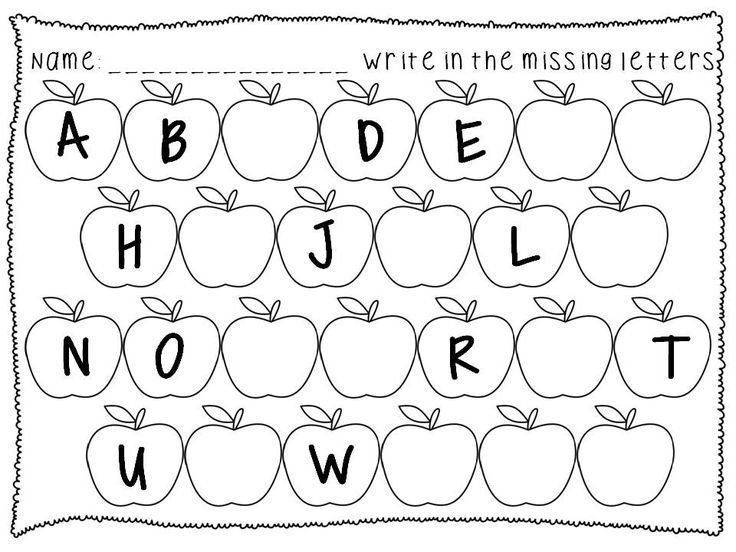
5. Bake Letters
Use bread or pretzel dough to form letters with your children, then bake them to be eaten later.
While you work, talk about the letter names, sounds, and easy words (like their names) that may be formed.
Special baking tins and cookie cutters may be purchased to bake letters. You can also bake oblong cakes and cut them into large letter shapes, as well.
6. Form Letters with Familiar Materials
Offer kids various types and colours of pasta to form letters on flat backgrounds, either to glue into place or to leave loose and rearrange into different letters.
Other materials to explore might include:
- Dry breakfast cereals
- Buttons or pennies
- Cotton balls
- Dried beans
- Mini-marshmallows
- Toothpicks
- Rice
- Yarn
7. Form Letters with Unusual Materials
Using a tabletop or oblong baking pan with low sides, spread shaving cream or pudding for children to trace letters into with their fingers.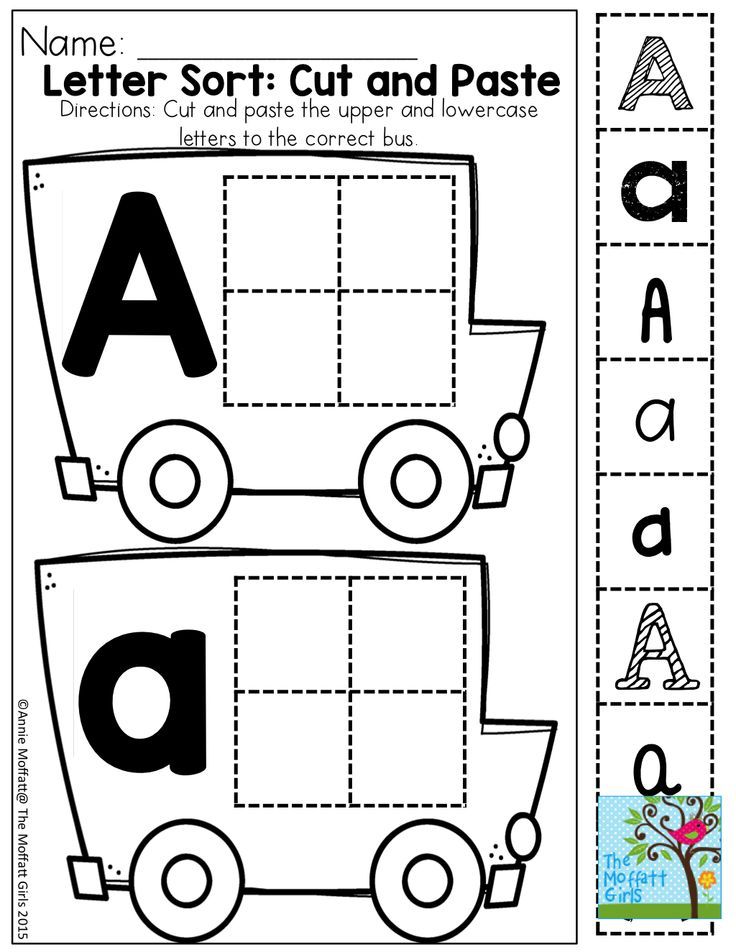
The same may be done with sand (or moved outside), to trace in with fingers or safe “sticks,” like pencils, dowels, or rulers.
8. Go on a Scavenger Hunt
Have children choose a letter card or cutout. Talk about how the letter looks and sounds.
Depending on children’s level of development, challenge them to find things around the house that have that letter printed on them or objects that begin with that letter’s sound.
9. Fish for Letters
Magnetic letter fishing games may be purchased or made with paper, magnets, paper clips, dowels, and string.
Name or pick a letter, focusing on how it looks and/or sounds. Kids then “fish” for the matching letters from the “pond.”
They can also just fish for a random letter and then name it once it is “caught.”
You can also use a version of this game later on, when children are learning to match upper and lowercase letters.
10. Play Musical Chairs with Letters
Add paper plates with letters or letters cut from cardboard right onto the chairs or onto the floor beneath.
Children walk around the circle and find a place to sit when the music stops. They each then name the letter on their chair or floor directly beneath.
11. Find Letters on a Keyboard
Make use of an old computer keyboard or typewriter. Get kids to name the letters as they touch the keys.
They can also find them to press as you say the names, sounds, or hold up cards, one letter at a time.
12. Spray or Write Letters Outdoors
Offer spray bottles with water for children to spray letters on driveways, sidewalks, or even the side of your house.
Another option is to use sidewalk chalk to write letters on the driveway, patio, or basketball court.
13. Form Letters with Bendable Materials
Get your children to bend pipe cleaners, chenille stems, or products like Wikki Stix (string covered in wax) to form letters.
Children often like to make multiple letters and form words, as well.
14. Find the Hidden Letters
“Bury” plastic or wooden letters in a sand table or sand box.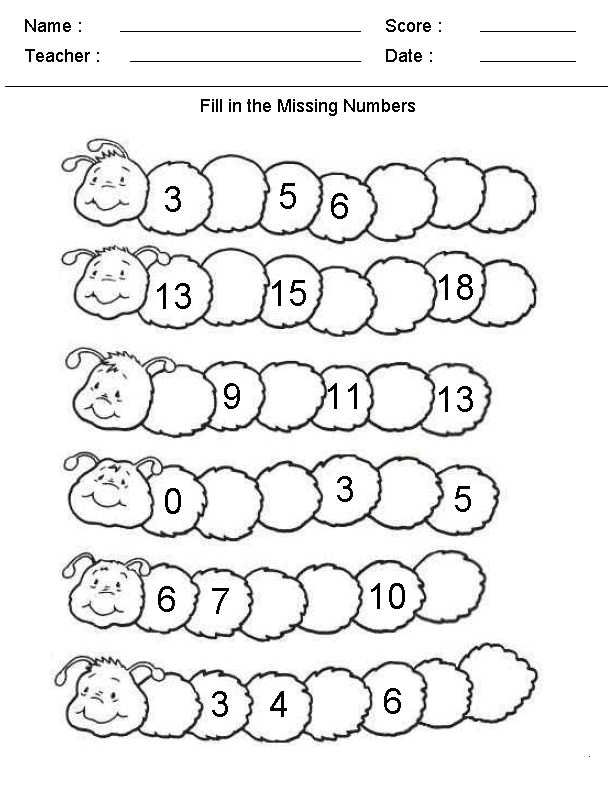 Ask children to name the letters as they are discovered.
Ask children to name the letters as they are discovered.
Other materials may be used as alternates in sand tables or large trays, such as coloured rice, pasta, dried beans, or birdseed.
All of these ideas for teaching letter recognition can help to strengthen a child’s early literacy skills.
Pay attention to where they stand in their development and keep raising the bar just a bit higher, while still returning to those games and activities in which they feel a high measure of success.
This is the key to learning.
Get FREE access to Printable Puzzles, Stories, Activity Packs and more!
Join Empowered Parents + and you’ll receive a downloadable set of printable puzzles, games and short stories, as well as the Learning Through Play Activity Pack which includes an entire year of activities for 3 to 6-year-olds.
Access is free forever.
Signing up for a free Grow account is fast and easy and will allow you to bookmark articles to read later, on this website as well as many websites worldwide that use Grow.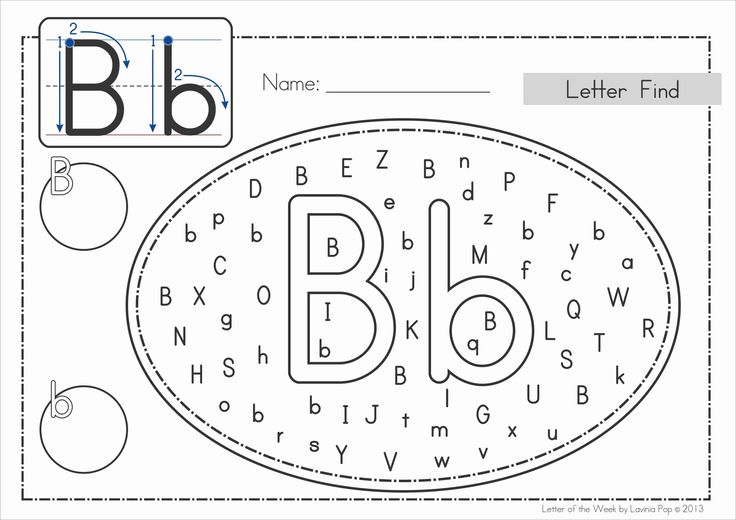
- Share
50+ Alphabet Activities (all hands-on play)
Never miss a Busy Toddler Newsletter!
Busy Toddler » Play » Indoor Activities » 50+ Alphabet Activities for Kids
Author: Susie
Need a little ABC fun? Check out these awesome alphabet activities for kids of all ages.Are your wondering how to teach your child the ABCs? Curious how to do it and what the best approach is? You’ve come to the right post: my alphabet activities list is the perfect for helping your child with learning the alphabet the hands-on way.
RELATED: Wondering what learning looks like at my house? Check out Playing Preschool: my at-home activities program.
All children learn the alphabet and to read at different paces.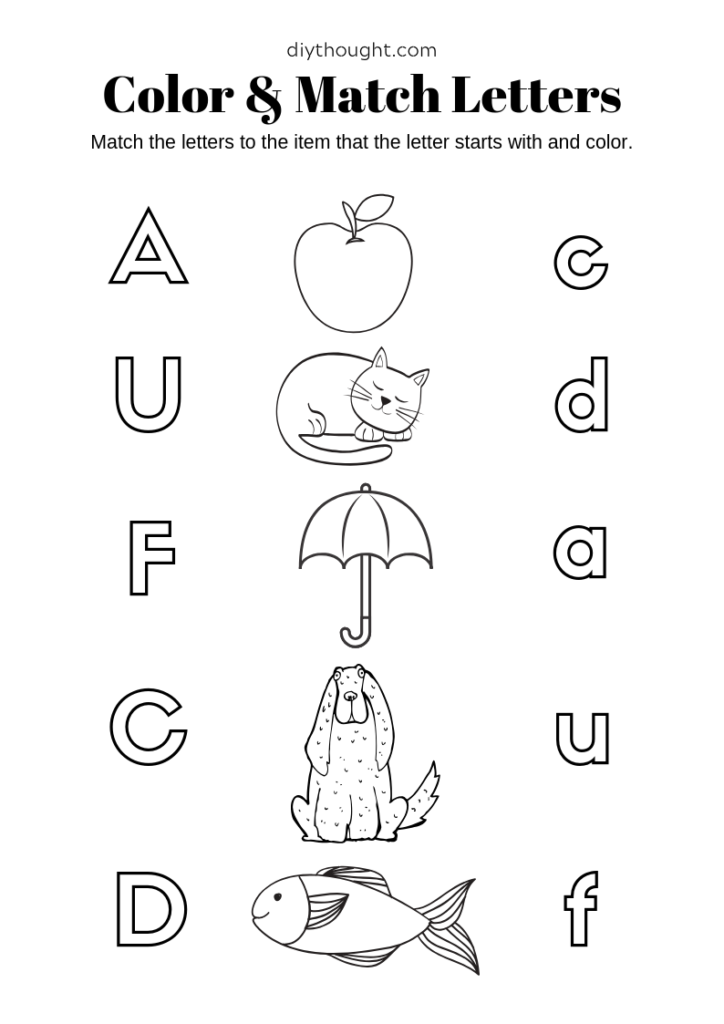
It’s childhood, not a race to the top. There is no expectation that a toddler or preschooler should know any of their letters – in fact, 30 years ago children WENT to kindergarten to learn the ABCs.
You can read more about why you should stop worrying about your child and the ABCs in this blog post.
Instead of drilling the ABCs into them, expose kids to letters, make letters a part of everyday life, and allow it come by your child naturally.
This ABC post is full of hands on ways to introduce the alphabet to your child and let them naturally become familiar with these symbols in the same way they play with dinosaurs and construction vehicles (even before they know all the names of those objects).
Let’s make the alphabet something familiar and fun rather than something to worry about and dread.
RELATED: Looking for other hands-on fun activity ideas? Check out my favorite activities list!
I’ve compiled a list of 50+ fantastic hands on alphabet activities!
These activities are perfect and tailor made for kids – hands-on, dynamic, engaging learning activities.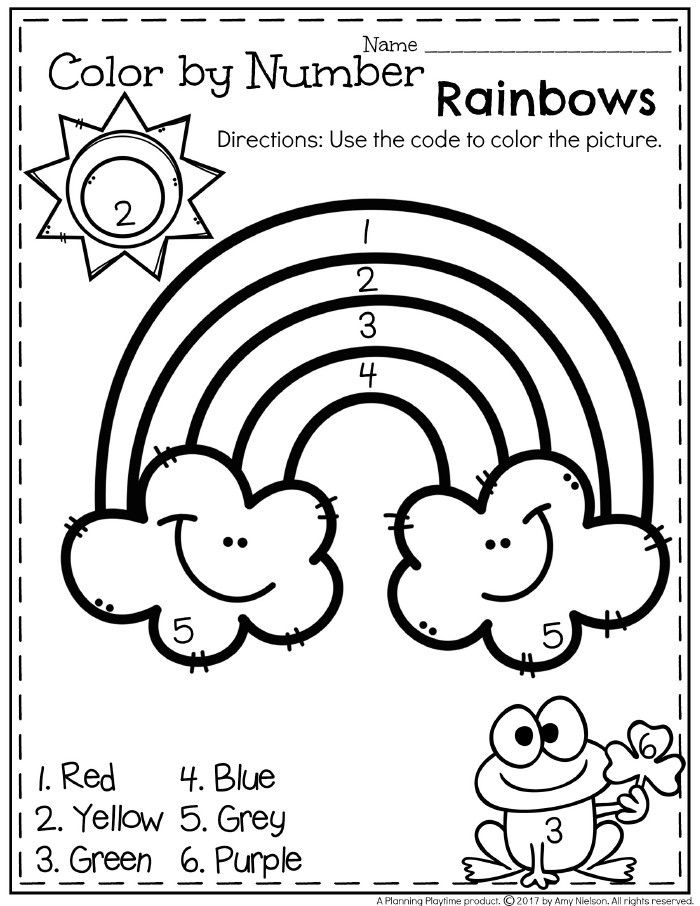
To help you find what you are looking for, I’ve separated the list into 3 categories: sensory-based alphabet activities, easy indoor ABC ideas, and outdoor letter play.
Get ready to click through to some amazing blogs…20+ Sensory-Based Alphabet Activities
- Floating Letters – Busy Toddler
- Alphabet Construction Zone – Play, Teach, Repeat
- Letter Hunt – Busy Toddler
- Alphabet Discovery Bottle – The OT Toolbox
- Alphabet Post-It Match – Busy Toddler
- Sensory ABC Activity – Powerful Mothering
- ABC Jell-O – Busy Toddler
- Rainbow Rice Alphabet Puzzle Activity and Sensory Play for Kids – Little Bins for Little Hands
- Alphabet Soup – Busy Toddler
- Alphabet Sensory Bin – Stay at Home Educator
- Alphabet Sensory Ice Play – Something 2 Offer
- Magnetic Alphabet Sensory Bin – Busy Toddler
- DIY Learning Alphabet Sensory Bottle – The Jenny Revolution
- Letter Sounds Activity and Sensory Play – Little Bins for Little Hands
- Buried Letters Match-Up – Busy Toddler
- Letter Hunt Alphabet Sensory Bag – My Mundane and Miraculous Life
- ABC Play Dough Puzzle – Busy Toddler
- Chicka Chicka Boom Boom Alphabet Play – Natural Beach Living
- Water Bead Sensory Bin – Play dough to Popsicles
- Alphabet Sift – Busy Toddler
- Alphabet Post-It Wall – Busy Toddler
- Chicka Chicka Boom Boom Small World – Buggy and Buddy
- Alphabet Cookie Match Game – Busy Toddler
- Alphabet Connect Activity – Munchkins and Moms
- Alphabet Cave – Preschool Learning Cave – Cutting Tiny Bites
- Letter Board Alphabet Activity – Busy Toddler
- ABC Sort – Busy Toddler
- Geoboard Alphabet Matching – Munchkins and Moms
- ABC Match – Busy Toddler
- Alphabet Letters: Alphabet Act – The Natural Homeschool
- Secret Letters – Busy Toddler
- DIY Tactile Alphabet Cards – Playground Parkbench
- Magnetic Letters Connect the Dots – School Time Snippets
- Easy Alphabet Match-Up – Busy Toddler
- Under the Sea Bubble ABC Matching Sticker Activity – Play Dough & Popsicles
- Alphabet Basketball – School Time Snippets
- Easy Alphabet Painting – Busy Toddler
- Alphabet Car Wash – Learning 2 Walk
- Alphabet Flower Garden Activity – Buggy and Buddy
- Alphabet Fish Matching Game – Stir the Wonder
- Bear Counters Name Recognition – Munchkins and Moms
- Name Practice Activity Using Toy Cars – Buggy and Buddy
- Magnetic Letter Matching – Simple Fun for Kids
15 Outdoor Alphabet Activities
- Parachute Man Alphabet Activity – Munchkins and Moms
- Splash the Alphabet – Days with Grey
- ABC Sidewalk Chalk Game – Buggy and Buddy
- Garden ABC Letter Hunt – Fantastic Fun and Learning
- Fun Alphabet Ice Game – Days with Grey
- Alphabet Activities: Grab and Pull a Letter Load – Growing Book by Book
- Homemade Alphabet Stones – Something 2 Offer
- Letter Matching Roads – The Educators’ Spin On It
- Outdoor Alphabet Hunt – No Time for Flashcards
- Alphabet Scooping Game – Busy Toddler
- Alphabet Scavenger Hunt – And Next Comes L
- Water Spray Alphabet Hunt – Mom Inspired Life
- Stamping with Alphabet Sponges – And Next Comes L
- Alphabet Learning with Chalk & Rocks – And Next Comes L
- Summer Alphabet Relay Obstacle Course for Preschoolers – Mom Inspired Life
Never miss a Busy Toddler Newsletter!
Subscribe to my free newsletter and I’ll send you “35 Easy Toddler Activities to Break Up the Day!”
Reader Interactions
5 Ways to Learn the Alphabet Quickly and Easily with a 3-6 Year Old Child – Somersault
Before learning the alphabet with a child, it is important to understand what you are not going to do.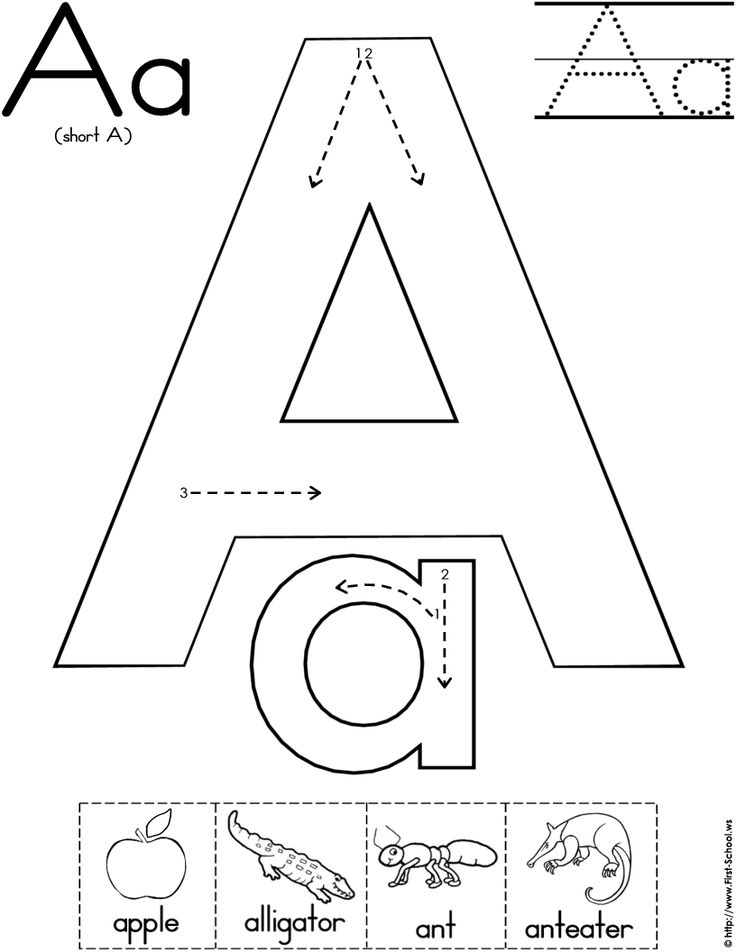 Namely, learning to read. This is a more complex skill, so it is worth putting it off until the time when the child gets acquainted with all the letters and will confidently recognize them and write on their own. Until then, put off the alphabet and reading by syllables.
Namely, learning to read. This is a more complex skill, so it is worth putting it off until the time when the child gets acquainted with all the letters and will confidently recognize them and write on their own. Until then, put off the alphabet and reading by syllables.
In this article, we have put together the basic principles to quickly learn the Russian alphabet with a 3-6 year old child in a playful way. For all games with letters, you can use plasticine, paints and any improvised means or magnetic letters - they will easily attract the attention of the child.
Contents:
- Learn the Alphabet Easily: Basic Principles
- 5 ways to learn the alphabet with your child
- From alphabet to reading
How to Learn the Alphabet Easily: Basic Principles
Each child can find an easy way to learn the alphabet that suits him or her, but there are basic principles that are important for all children.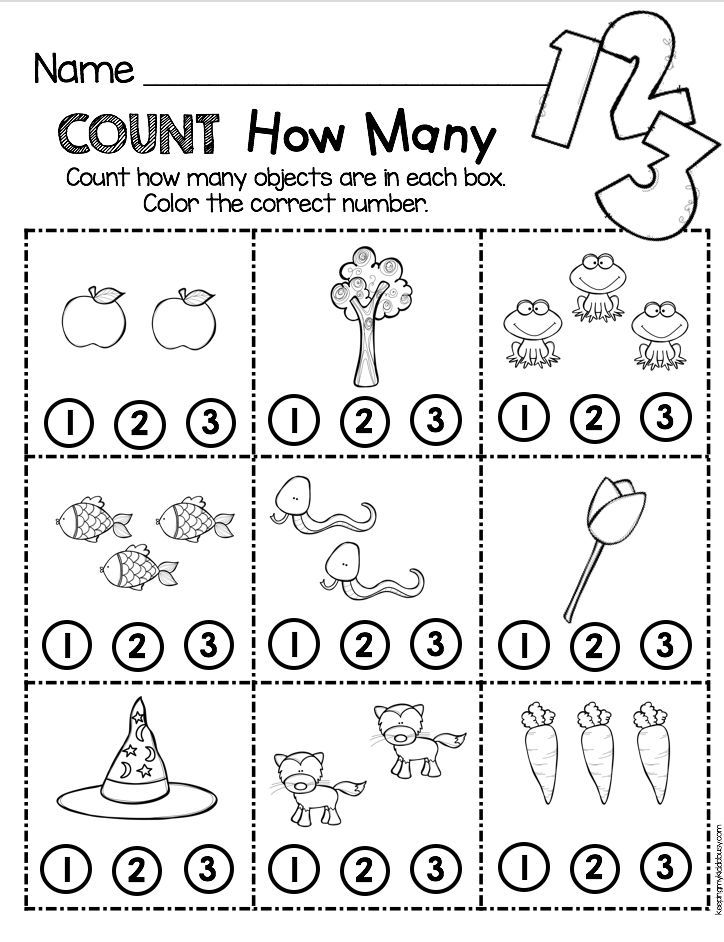 If you do not follow them, study will turn into drill and the child is unlikely to ever love to read. Here are a few such principles on how to properly learn the alphabet for a child.
If you do not follow them, study will turn into drill and the child is unlikely to ever love to read. Here are a few such principles on how to properly learn the alphabet for a child.
- Learn sounds first, not letters . At the first stage of learning, it does not matter how the letters in the alphabet are called correctly. Now only sounds are important for the child - "d", and not the letter "De". The names of the letters will only confuse the child, who first needs to learn to recognize the shape of the letters and their sound.
- Not learning the alphabet in the correct sequence . Until a child goes to school, it is of no use to him to know how the letters are arranged in the alphabet. This information will only distract him from what is really important: how the letters look and sound. The sequence of the alphabet can be learned later or even at school, where this knowledge will be tested by the teacher.
- Do not turn learning into a lesson .
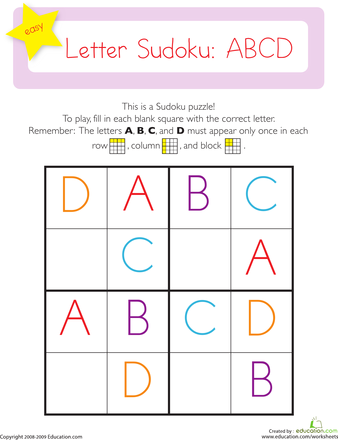 Learning from call to call is difficult even for children at school, let alone a baby. Therefore, all learning should take place in a playful way and not for long: 5-7 minutes a day to get acquainted with the letters will be enough. Gradually, this time can be increased, especially if the child likes the proposed games with letters.
Learning from call to call is difficult even for children at school, let alone a baby. Therefore, all learning should take place in a playful way and not for long: 5-7 minutes a day to get acquainted with the letters will be enough. Gradually, this time can be increased, especially if the child likes the proposed games with letters. - Use material objects . At the age of 3-6 years, the child learns the world by touch and taste. It is difficult for him to work with abstract letters spoken aloud. Therefore, it is better to stock up on plasticine and paints and create letters that are more understandable to the child and can be touched. Such a game for children will allow the child to learn the letters of the alphabet and he will recognize them in different forms regardless of what they are made of.
- First vowels, then consonants . Vowel sounds are easier to pronounce, so it's worth starting with them.
The main thing is not to force anyone.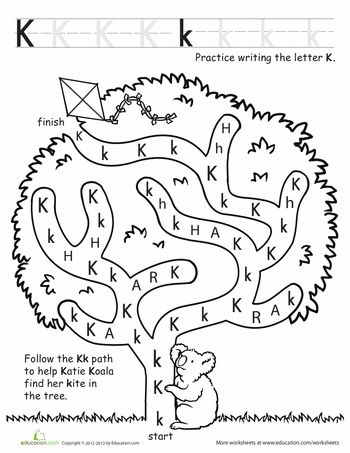 If you see that the child is inquisitive, enjoys exploring the world and is ready to learn, you can move on to learning letters and the alphabet. So the child will be happy to learn the alphabet in a playful way and gradually learn to read. So that the game is not abstract, you can use the magnetic letters TUMBLING.
If you see that the child is inquisitive, enjoys exploring the world and is ready to learn, you can move on to learning letters and the alphabet. So the child will be happy to learn the alphabet in a playful way and gradually learn to read. So that the game is not abstract, you can use the magnetic letters TUMBLING.
5 ways to learn the alphabet with your child
1. Use an interesting topic to study
Use your child's interest to spur his motivation to learn. For example, if your kid is crazy about cars, let them be the topic in which you learn the alphabet. Use any words related to cars:
"A" - bus
"B" - trunk
"C" - driver, etc.
You can show cars and their parts, draw or sculpt from plasticine. It is important that the child's focus shifts from learning to doing what they love. Additionally, the method will help expand vocabulary and knowledge about the world.
2. Cross out a letter of the alphabet in the list
Fill in a small square with arbitrary letters.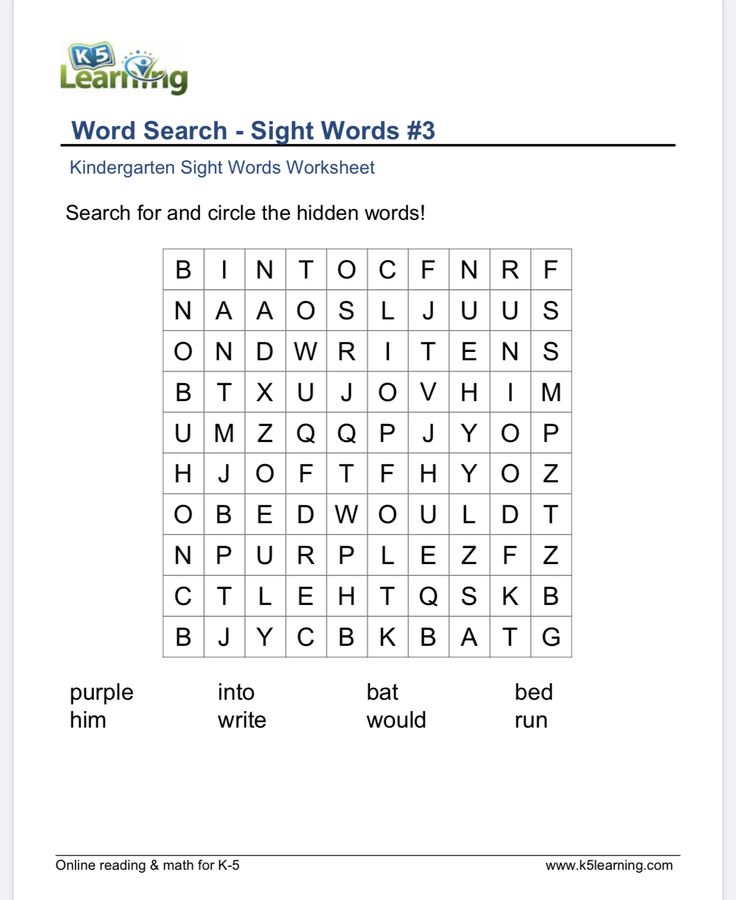 The task is to cross out only the letter that you are studying. This will help the child focus on one letter and not get distracted by the ones he doesn't remember or don't know.
The task is to cross out only the letter that you are studying. This will help the child focus on one letter and not get distracted by the ones he doesn't remember or don't know.
3. Pulling the letters of the alphabet out of the pouch
The soft-touch magnetic letters are perfect for this method. Put the letters in a bag and give the child the task, without looking, to pull out only the letter that you thought of. Let there not be too many letters in the bag, otherwise the child will get confused. 6-7 pieces will be enough. To start, use letters that are very different in shape, such as "O" and "M". Gradually, the complexity can be increased and searched among similar letters, for example, "K" and "X". Don't forget to praise and encourage your child. You can alternate the learning process with desktops.
4. Recognize letters of the alphabet by ear
You pronounce a word, and if it contains a hidden letter, the child claps his hands.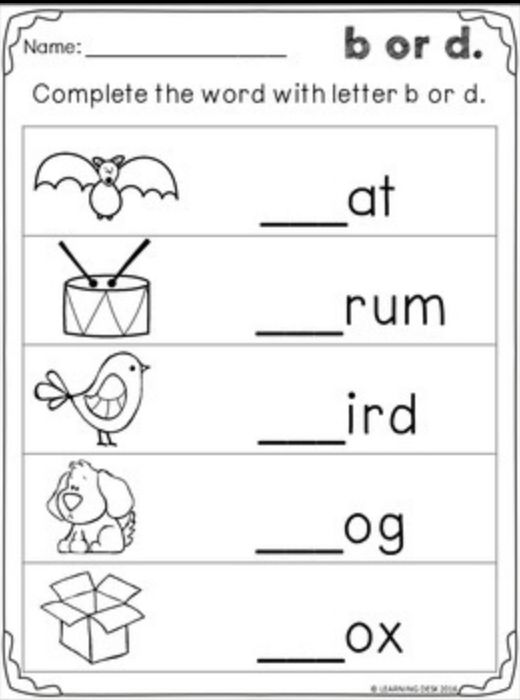
With this game for kids, you can learn individual letters or the entire alphabet. For example, you name a word, and the child inserts its first letter into the insert frame. To stimulate your child's interest, you can use only words from his favorite topic, for example, the names of animals.
5. Guess words starting with the first letter
You choose one letter and think of a word that starts with that letter. For example, the letter "Z":
- What is this animal with big ears and loves carrots?
- Hare!
This game form is again suitable for learning individual letters or the entire alphabet. If you learn only one letter, the child gets used to quickly recognizing it in different words. And if you give words with different letters, the child as a whole learns to understand with which letter they begin. With the study of the account and the English language will also help TUMBLING.
From the alphabet to reading
When a child learns the Russian alphabet, confidently recognizes all the letters in different words and can draw or mold them on his own, it is worth moving on to reading.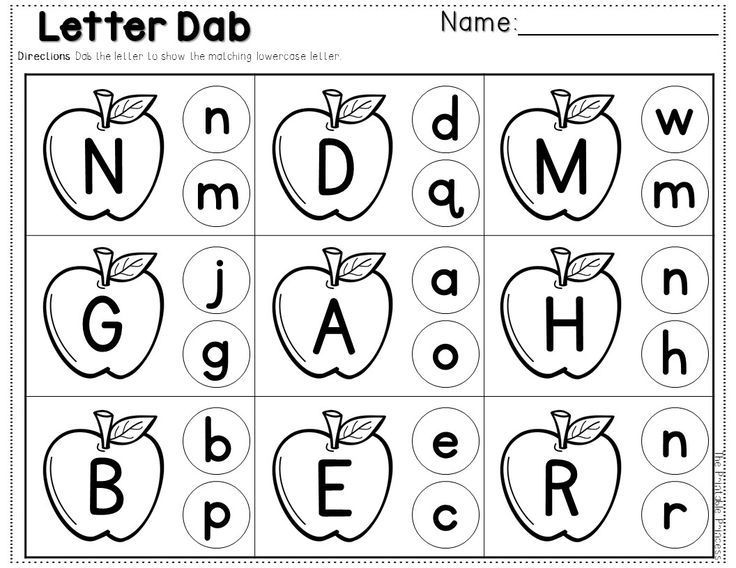 Because you need to learn the alphabet just so that the child can read. If knowledge is not used, it will hang as an extra burden, and by the time school will be forgotten. Therefore, you should not learn the alphabet too early: at 3-4 years old, a child is simply not interested in reading books in order to learn something new. He is more interested when his mother reads. Conversely, by the age of six, the child will be glad to have his own books to read them himself.
Because you need to learn the alphabet just so that the child can read. If knowledge is not used, it will hang as an extra burden, and by the time school will be forgotten. Therefore, you should not learn the alphabet too early: at 3-4 years old, a child is simply not interested in reading books in order to learn something new. He is more interested when his mother reads. Conversely, by the age of six, the child will be glad to have his own books to read them himself.
How to teach a child to read?
Reading and writing are important skills for every person. Therefore, any mother worries about how to teach a child to read and write, when to start? In this article, we will talk about the Montessori method of teaching preschool children to read, which differs from the traditional teaching of reading by syllables. It can be used at home, but it is important to act step by step and conduct classes in the exact sequence that is presented in the article.
Content
- books
- Tips and tricks for learning to read
When to teach your child to read
There is no specific moment, the same for all children, when they are ready to learn to read.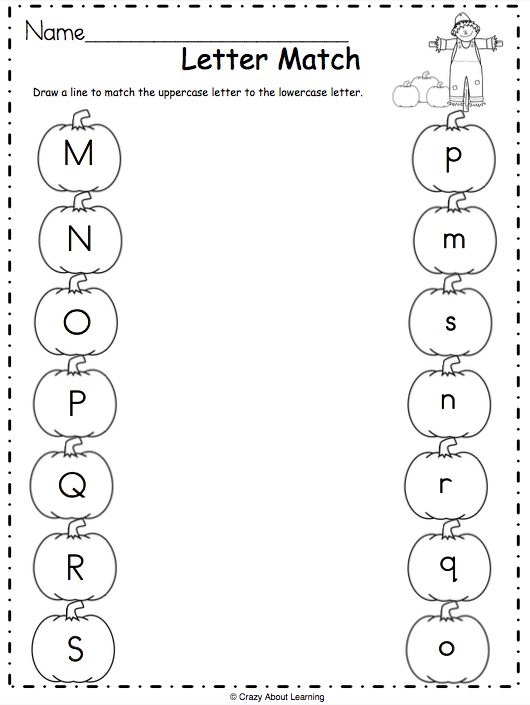 All children are individual and develop at their own pace. Do not miss the very moment when your baby will be ready to get acquainted with letters, writing and reading, regular reading of books together will help you.
All children are individual and develop at their own pace. Do not miss the very moment when your baby will be ready to get acquainted with letters, writing and reading, regular reading of books together will help you.
When the child begins to show his interest not only in illustrations, he begins to notice the text, starts asking you about it - the moment has come . Unobtrusively and step by step, you can start teaching your child to read. This happens for about 3 years.
How to teach a child to read
The traditional system of education suggests that you first need to teach your child to read, and then to write. But the fact is that with this approach, the child faces certain difficulties. Much more natural for a person when:
- First of all, oral speech develops, vocabulary expands.
- Then the skill of writing is trained, writing words in written letters, the alphabet is memorized.
- And after that, you can easily move on to reading what you yourself wrote, to the first simple books, etc.
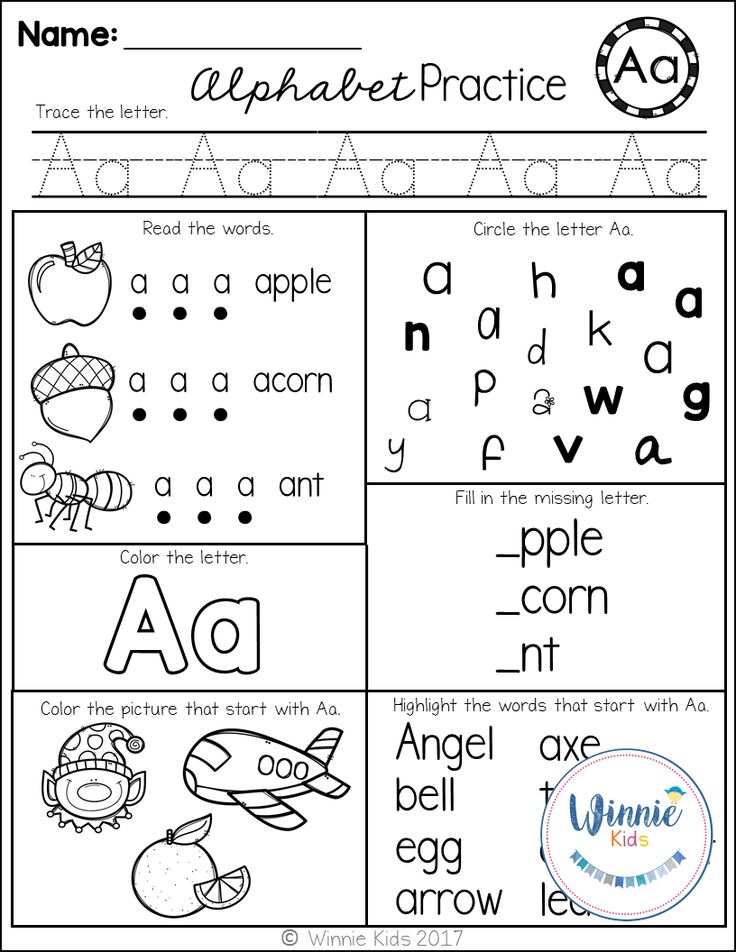
It would seem, how will a child write if he cannot read? But in fact, it is really easier for a child of 3-4 years old to master writing, because there is movement in this matter. Reading, on the other hand, presupposes immobile activity. Activities in which there is movement, a child of 3-4 years old will always welcome more than others, because at this age he has a sensitive period of movement.
Until the moment when the child shows a lively and active interest in the text on the pages of books, actively engage in the development of his speech and constantly expand his vocabulary . To do this, you can use didactic cards. And when there is interest, connect sound games.
The first sound games for learning to read
The sound games are one of the first tools to help introduce your child to sounds. During classes, the baby will gradually begin to perceive the word not as a unit, but as something compound. The purpose of sound games is to teach a child to hear and find individual sounds in words and perceive them as parts of a word.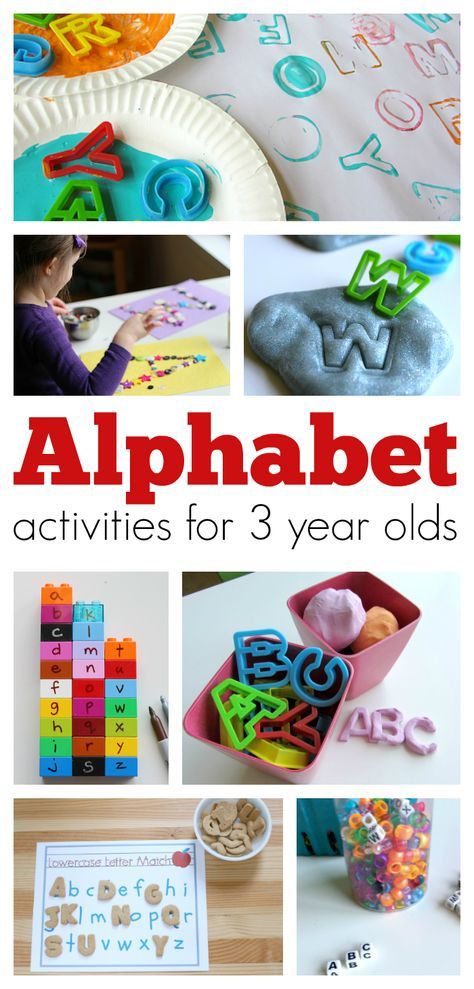
For playing at home, prepare a bag or a box in which to put a few small objects whose names the baby already knows. These can be animal figurines, copies of vegetables and fruits, natural materials, etc. The selected items should begin with different sounds.
- Get the child's attention: "Come on, I have something interesting for you!"
- Then, one by one, we take out the objects and call them expressively with an emphasis on the first sound: “cat - K, cat”, “acorn - F, acorn”.
- Then ask the kid: "show me which of these starts with K?".
- When the child understands and adapts, then practice isolating the last sound. And after that, you can move on to the middle sound, choosing short words of 3 letters.
Sound games with environment . When the child began to identify the first and last sound in words, learned to find objects with names for a given sound, you can add variety to classes. Offer the baby a large box or basket, in which you ask to collect items around the house that begin, for example, with B.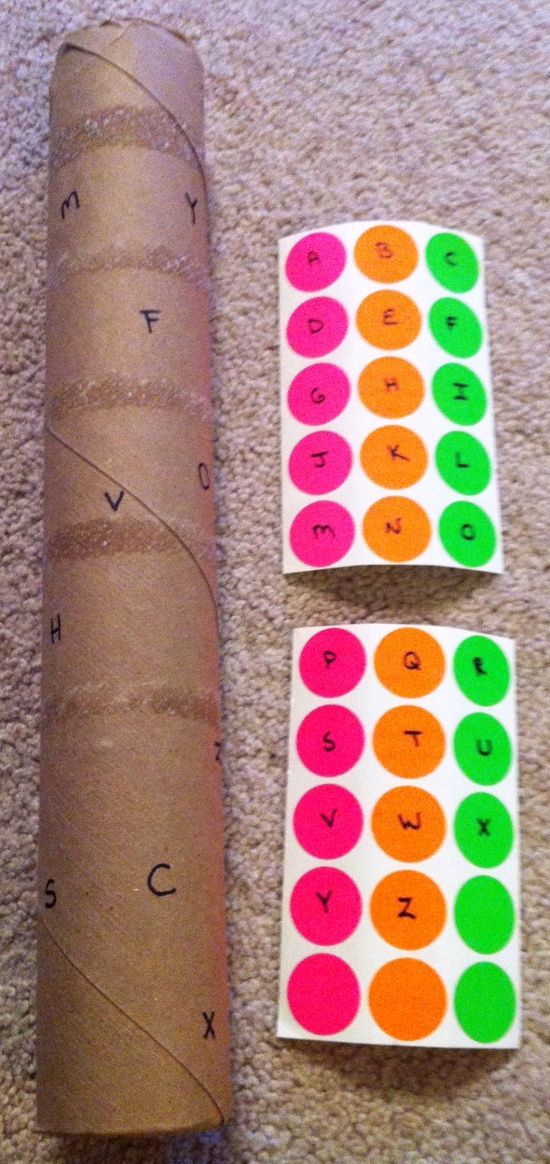 The child can bring you a basket with beads, a long loaf, a dish, a bow, etc. Motor activity will only warm up the baby's interest in sound games.
The child can bring you a basket with beads, a long loaf, a dish, a bow, etc. Motor activity will only warm up the baby's interest in sound games.
Game "What do I see?" . You mentally select an object in your field of vision, which begins, for example, with L - a lamp. Then ask the child: “I see an object whose name begins with L. What is it?”. This game is easy to play anywhere because you can also search for items in the pictures of the books.
When the child has learned to distinguish sounds in words, we move on to the study of letters and to writing.
Rough Alphabet Reading Lessons
Great for getting to know letters, their appearance and writing Rough alphabet . You can make it yourself using templates, cardboard, and sandpaper or velvet paper. Our article "Rough Alphabet for Working with Children at Home" will help you with this.
It is important to first introduce the child not to printed letters, but to uppercase letters. And call exactly the sound: B, not BE; K, not KA; F, not FE or EF. Do not worry that the child will then get confused and will not learn the alphabetic names of the letters.
And call exactly the sound: B, not BE; K, not KA; F, not FE or EF. Do not worry that the child will then get confused and will not learn the alphabetic names of the letters.
When it comes time to learn the alphabet, the song will help you with this task very quickly. You can find many catchy and melodic songs where the letters are sung in alphabetical order which is easy to remember in this way.
Lessons with the Rough Alphabet should be held once a day in the format of a three-step lesson :
- For one lesson, we choose 2-3 letters, which differ noticeably from each other in auditory and visual perception. We name the sound and circle the letter with your finger exactly as we write. To do this, you yourself must know how to write letters correctly. The child repeats after you - circles and calls.
- We play: “Show where E is?”, “Hide B behind your back!”, “Put T in the box.”
- We show the letter and ask the child: “What letter is this? But what is this?”
In parallel with the study of the Rough alphabet, you can sort .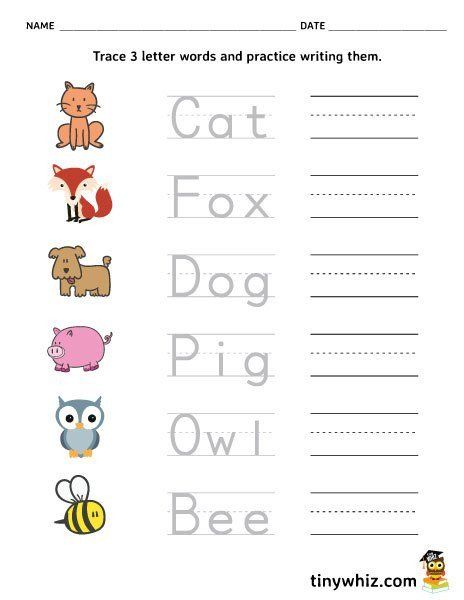 You can sort cards, or you can sort objects.
You can sort cards, or you can sort objects.
- Choose 3 letters, print or spell them out and place the cards separately in 3 small boxes. And put the picture cards together in a larger box.
- Explain to the child that there are cards in a large box, the items on which begin with those letters that are separate.
- Ask the child to sort all the cards from the large box into small ones, determining what letters the names of the depicted objects begin with.
Writing lessons
Once your child has learned most of the alphabet, you can move on to writing. But at the start, we will not use paper and pen, we will write with our fingers. It will be much easier for the child to do this, because it was with his fingers that he circled the letters of the Rough Alphabet.
- Finger writing in sand or semolina . Pour sand or semolina on a tray and write a familiar letter. Then shake the tray and say, “Look, the letter has disappeared! Write it again.
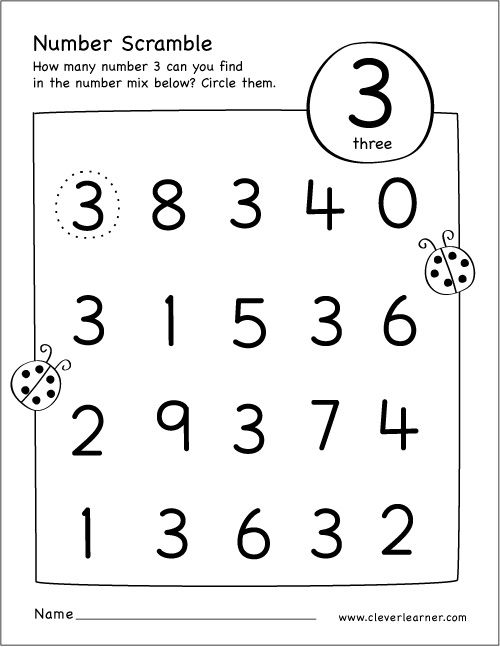 " Do this exercise regularly. When the baby becomes successful, proceed to the next step.
" Do this exercise regularly. When the baby becomes successful, proceed to the next step. - Chalk writing on an easel or small special board . The principle of employment remains the same. The crayons should fit comfortably in your hand and leave a bright mark on the board.
- Writing with a very soft pencil on paper . For the first attempts at writing on paper, it is better to use a very soft pencil, as it does not require additional effort from the child and leaves a noticeable result.
It is important that the child sees in everyday life that you also write: lists, notes, reminders, notes, letters. After all, this very well supports his interest and desire to learn how to do it like parents. Therefore, try to use not only electronic notes, but also paper ones.
At the moment when the baby already knows the letters and knows how to write them, but his hand is not yet ready for a full letter, you can use Rolling alphabet .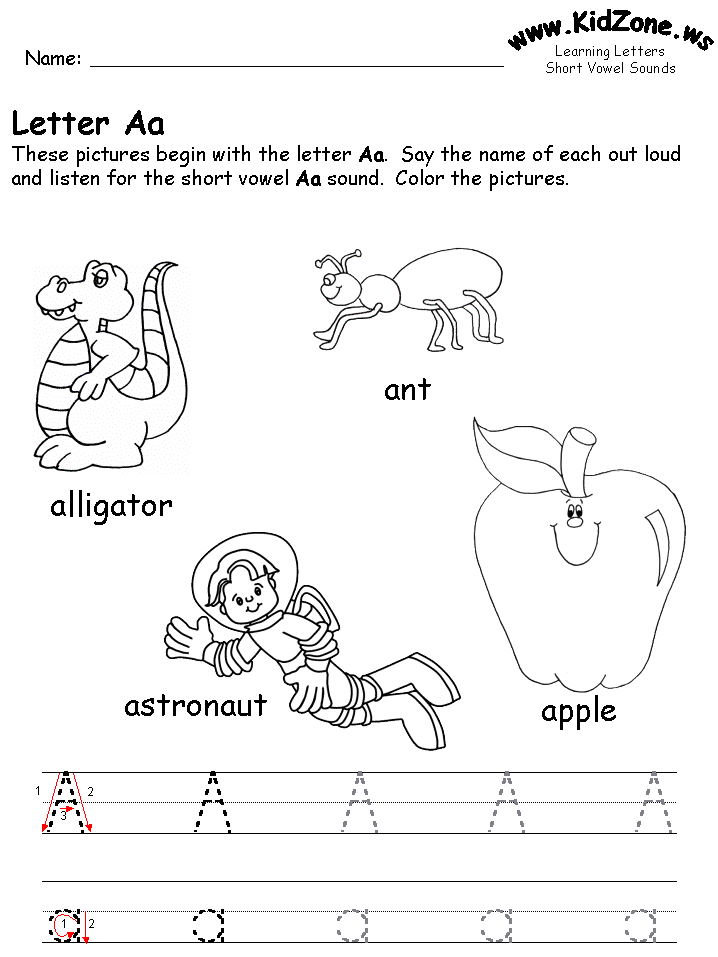 Show your child how you make words from individual letters and invite him to do the same.
Show your child how you make words from individual letters and invite him to do the same.
When a child lays out words, he writes them, not reads them. He lays out by ear, so he makes spelling mistakes. But do not correct it, you do not need to correct A for O in the word KAROVA, which the child so diligently laid out. Now this is useless, and later the baby will easily master the spelling and will write correctly.
In parallel with these activities, the preschooler will gradually begin to try to write on paper not only individual letters, but also words. Of course, he will want to read them later and will ask you about it. So, the time has come to teach the baby to read.
Sound reading exercises
- Reassemble the sound bag. Put in it objects whose names consist of 3-4 letters and are heard in the same way as they are written.
- Show the child one object and show how to write its name.
- Read what you have written: spell it, then slowly join the letters, then in one word, but pause.
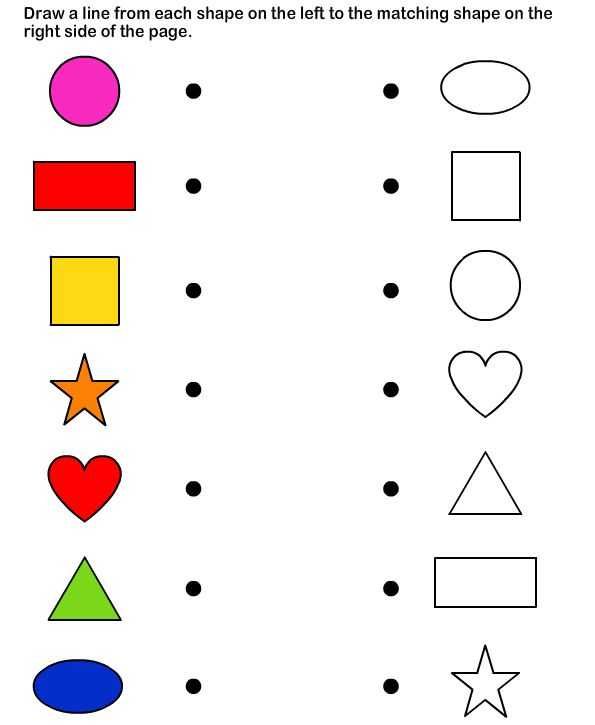
- When the child repeats after you, support: “Great, you just read it yourself, you know how to read!”.
Reading the first books
This is a very responsible and long-awaited step, it is very important for a preschooler. In order for the baby to succeed, you need to choose suitable books for the first reading:
- The volume of the book should not be more than 5-6 pages.
- Each page should have large illustrations and 1-2 words.
- The font of the text should be large, so it will seem to the child that he has read a lot. This will keep him interested and confident.
Until the child begins to read his first books, continue to expressively read ordinary books to him at night or when you are used to. Now the baby will actively take the initiative, and you can offer him somehow: “Come on, you will read your book to me, and I will read mine to you?”. Maintain interest, answer questions, and help your little one practice new skills.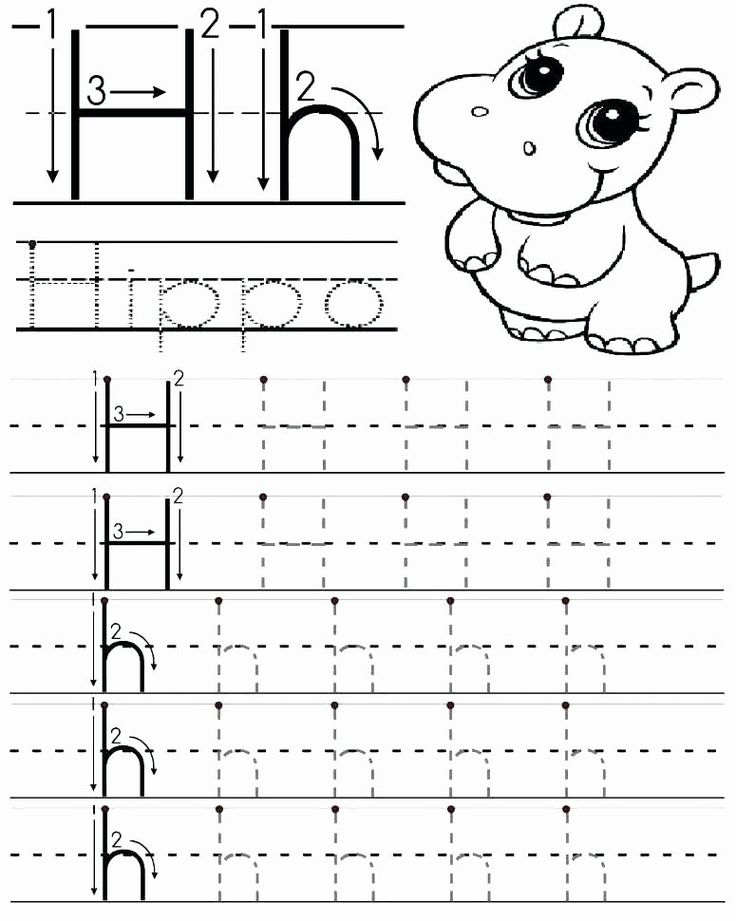
Tips and tricks for learning to read
- Do not rush or put pressure on your child. If the kid does not want to study today, he is not in the mood, with understanding, transfer the classes to the next day. Make writing and reading a natural part of your day in a way that is convenient for everyone.
- Respect your child's individual speed during class. Show clearly, without unnecessary words, do not confuse the baby.
- When you want to show something, first practice yourself, determine your steps. So that during a presentation, class or game, everything is clearly explained and shown to the baby, not to lose his interest.
- It is not necessary to retrain the child if he writes with his left hand. This is also correct and natural, like writing with the right hand.
- Do not teach your child to read ahead of time. You don't need to do this at 2 years old, because reading is understanding what you are reading. At the age of 2 years, the child will photographically memorize words and reproduce without understanding, this may affect his success in reading and writing in the future.
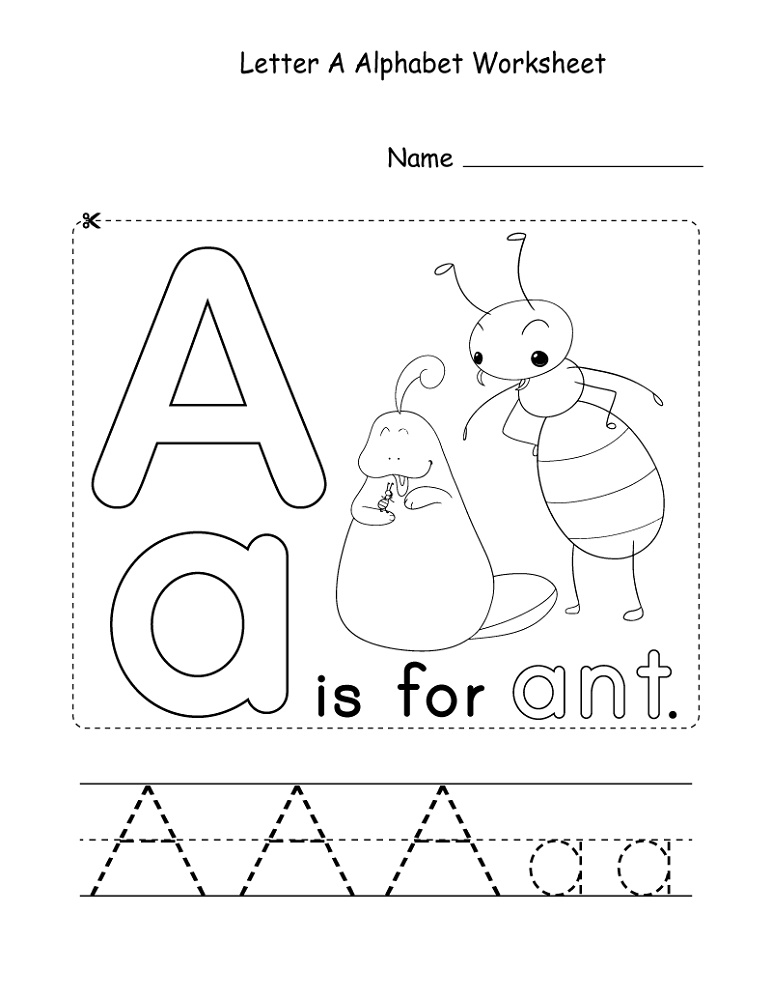
Learn more

